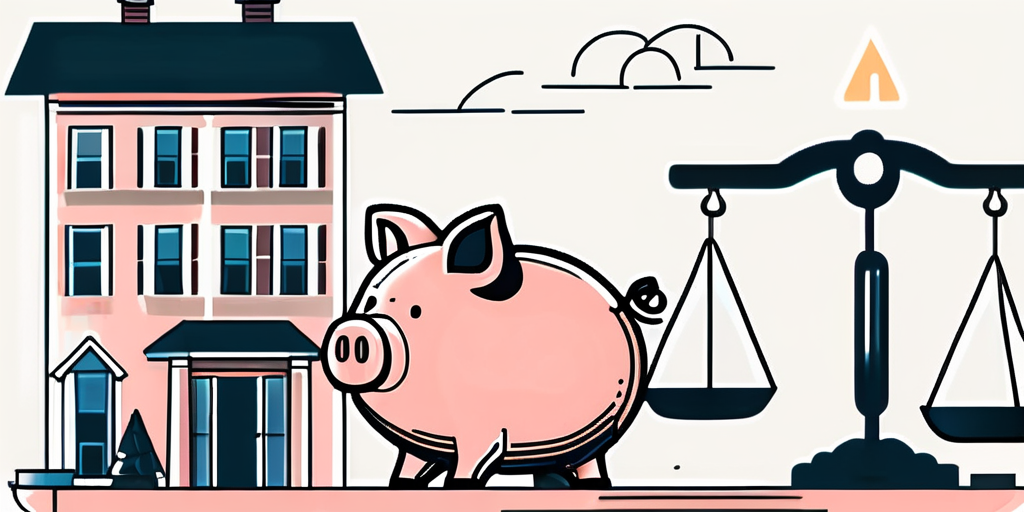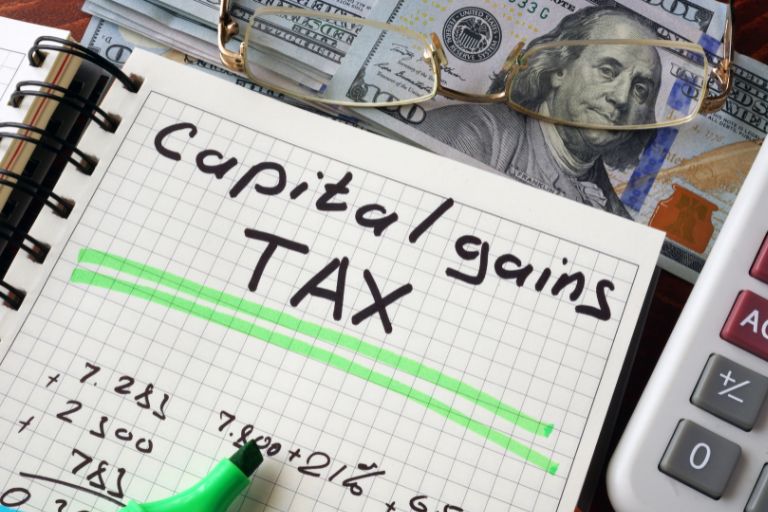Welcome, dear reader, to the thrilling, nail-biting world of tax planning. Yes, you read that right, we said thrilling! Today, we’re diving headfirst into the exhilarating roller coaster ride that is Capital Gains Tax. So, buckle up, grab your calculators, and let’s get this tax party started!
Now, you might be thinking, “Capital Gains Tax? Isn’t that something only accountants and tax lawyers need to worry about?” Well, dear reader, if you’ve ever sold a property, a business, or even a valuable piece of art, you’ve entered the wild and wacky world of Capital Gains Tax. So, let’s get down to the nitty-gritty and decode this tax mystery together.
Understanding Capital Gains Tax
Let’s start with the basics. Capital Gains Tax, or as we like to call it, “the party crasher”, is a tax on the profit you make when you sell something (an ‘asset’) that’s increased in value. It’s the gain you make that’s taxed, not the amount of money you receive. Yes, we know, it’s like being taxed for winning at Monopoly.
But don’t worry, not all assets are subject to Capital Gains Tax. Your car, personal belongings worth up to £6,000, ISAs or PEPs, UK government gilts and premium bonds, betting, lottery or pools winnings (yes, even your £2 win on a scratch card is safe) are all exempt. Phew!
Calculating Capital Gains Tax
Now, calculating Capital Gains Tax is a bit like trying to solve a Rubik’s cube blindfolded. But don’t worry, we’re here to guide you through it. First, you need to work out your total taxable gains. This is the difference between what you paid for the asset and what you sold it for. But remember, it’s not just about the selling price and the purchase price. You can also deduct costs like advertising or professional advice to reduce your gain.
Once you’ve worked out your total taxable gains, you need to subtract your tax-free allowance. Yes, you heard right, there’s a tax-free allowance! For the 2021-22 tax year, this is £12,300, or £6,150 for trusts. If your total taxable gains are below this, you can do a little victory dance because you won’t have to pay any Capital Gains Tax!
Capital Gains Tax Rates
So, how much Capital Gains Tax will you have to pay? Well, this depends on your taxable income. If you’re a basic rate taxpayer, the rate you pay depends on the size of your gain, your taxable income, and whether your gain is from residential property or other assets. It’s a bit like a game of tax bingo.
If you’re a higher or additional rate taxpayer, you’ll pay 28% on your gains from residential property and 20% on your gains from other chargeable assets. We know, it’s enough to make your head spin!
Tax Planning Strategies
Now that we’ve covered the basics of Capital Gains Tax, let’s move on to the fun part – tax planning strategies! Yes, there are ways you can reduce the amount of Capital Gains Tax you have to pay. It’s like finding a cheat code for a video game.

One strategy is to make use of your tax-free allowance. Remember that £12,300 we mentioned earlier? Well, you can use this to your advantage by spreading your gains over multiple years. It’s a bit like having a tax-free piggy bank.
Transferring Assets
Another strategy is to transfer assets between spouses or civil partners. You can transfer assets to your spouse or civil partner without having to pay Capital Gains Tax. This can be a great way to reduce your tax bill, especially if your partner is in a lower tax band than you. It’s like giving your tax bill a romantic makeover.
But remember, this strategy only works if you’re genuinely giving the asset to your spouse or civil partner. It’s not enough to just say “Honey, this Picasso is yours now”. They need to have full control over the asset, and you can’t benefit from it in any way. So, no sneaky midnight visits to admire your former Picasso!
Investing in ISAs
Investing in Individual Savings Accounts (ISAs) can also be a great way to reduce your Capital Gains Tax bill. Any gains you make from investments held in an ISA are tax-free. It’s like having a tax-free treasure chest!
But remember, there’s a limit to how much you can invest in an ISA each year. For the 2021-22 tax year, this is £20,000. So, while ISAs can be a great tax-saving tool, they’re not a magic tax-free ticket.
Conclusion
So, there you have it, a comprehensive guide to the thrilling world of Capital Gains Tax and tax planning. We hope you’ve found this guide helpful, and maybe even a little bit entertaining. Remember, tax doesn’t have to be taxing!
So, the next time you sell an asset, don’t panic. Just remember the basics of Capital Gains Tax, use your tax planning strategies, and you’ll be just fine. And remember, if in doubt, it’s always a good idea to seek professional advice. After all, nobody wants to get on the wrong side of the taxman!


